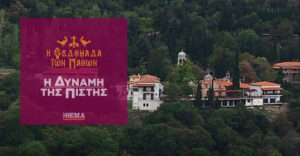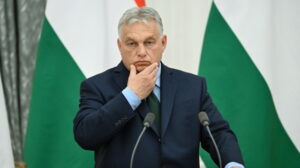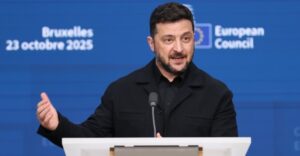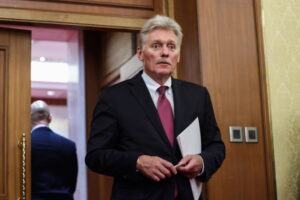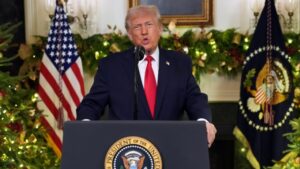The temple of the Holy Monastery of Agathon, a magnificent architectural structure of Byzantine style, dates back to the 13th century, while tradition says that the old monastery where Saint Agathon was practicing suffered subsidence and the icon of the Virgin Mary disappeared, only to be found in a nearby cave where the new monastery was built in the 14th century.
The Agathon Monastery during the Greek Revolution served as a secret school and as a refuge for the fighters of the 21st century.
The 35 monks who lived in the monastery at the time, fought for national ideals, faith and orthodoxy. In May 1822, however, the fury of the Turks led to a battle that has been recorded in history as the Battle of Agathon.
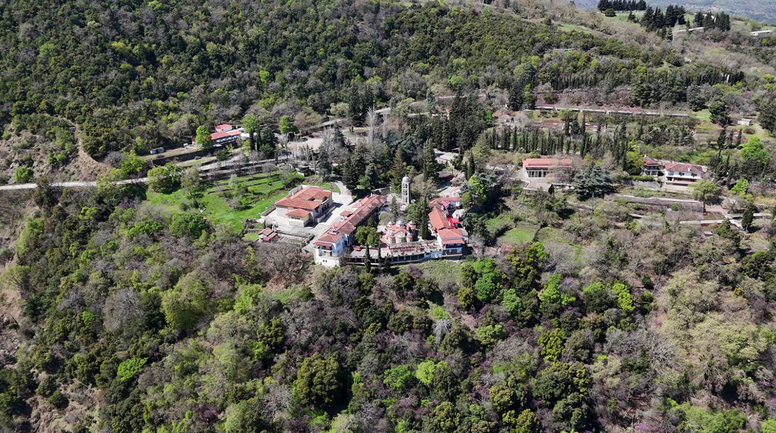
The army of Mahmut Pasha Dramalis, in an attempt to block the troops of the chieftains – including Kontogiannis – who were attempting to capture Ypati, set the monastery on fire, destroying the monks’ cells, valuable archives, sacred vessels and artifacts, and led to the death of 32 monks. The three surviving monks were forcibly expelled from their place.
They returned twelve later, worked to rebuild the monastery, and reopened its closed gates.
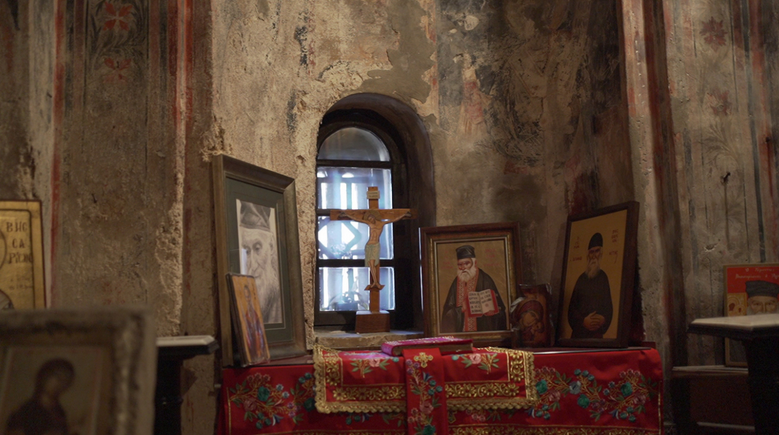
With the exception of this twelve-year period, the Agathon Monastery has operated uninterruptedly in its seven centuries of life, participating in all the struggles of our country and in all the callings. In one of them, in 1940, Father Germanos Dimakos, the Abbot of the Monastery, who, according to those who knew him, was a special man of great wisdom and knowledge of his country and faith, participated in the National Resistance with the team of Aris Velouchiotis.
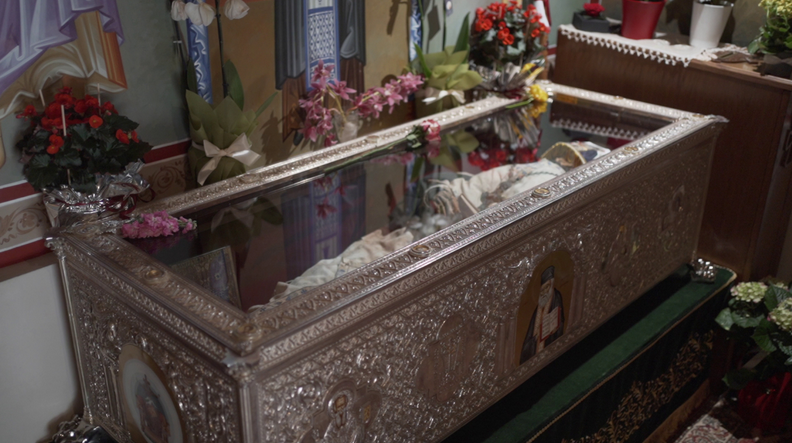
In particular, he participated in the first guerrilla war and his contribution – not only as an advisor and spiritual advisor to Velouhiotis – was significant, as was his presence.
He acknowledged crimes and mistakes that could have occurred in the whole effort, and at the beginning of the civil war he separated from his position and returned to the monastery.
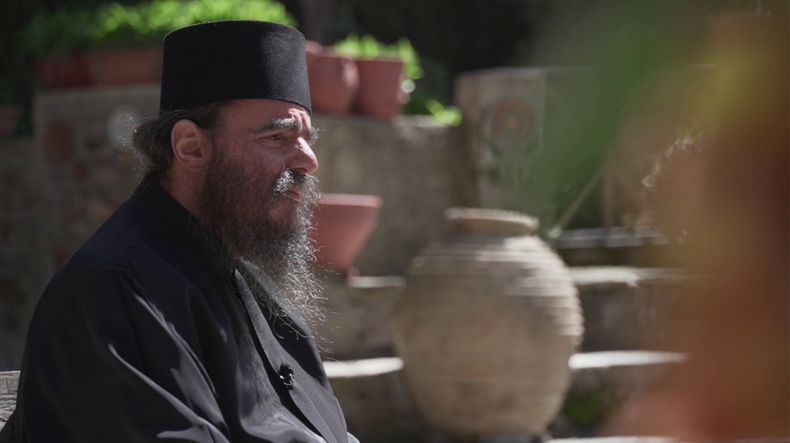
For many, the Agathon Monastery is identified with the skeleton of Saint Bessarion, which was found indestructible 15 years after his death.
He resided in the monastery from 1951 to 1991 and those who knew him speak with emotion about the life of the old man, his ministry in the Church of Christ, as well as about the action and contribution of a spiritual man who became a servant of all.
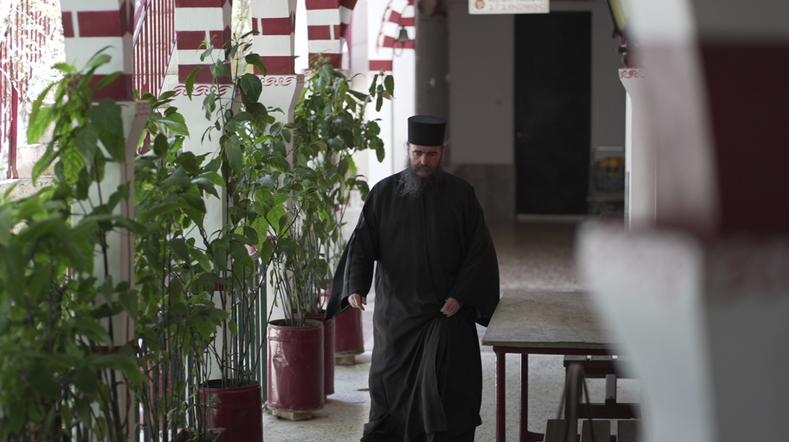
As the abbot of the Holy Monastery of Agathon, where twelve monks live today, Elder Germanos, tells Proto Thema, “those who caught up with him and lived him, had him as a saint. We who lived him, we knew it, we knew it and we had seen it in its entirety that he was a saint. And people, of course, knew it with the many miraculous things he had done, many miracles in life.”
At this point, and given that Holy Week begins today, it is useful to quote one of the surviving samples of Elder Bessarion’s written communication: “Holy feasts are coming. Make a good effort to go to the Holy Cup. On holy days be always ready for the church and the salvation of our souls. The end is drawing near and we are all far from the Lord. We have been consumed by matter and have forgotten our Creator and our destiny. May the Lord be with us.”
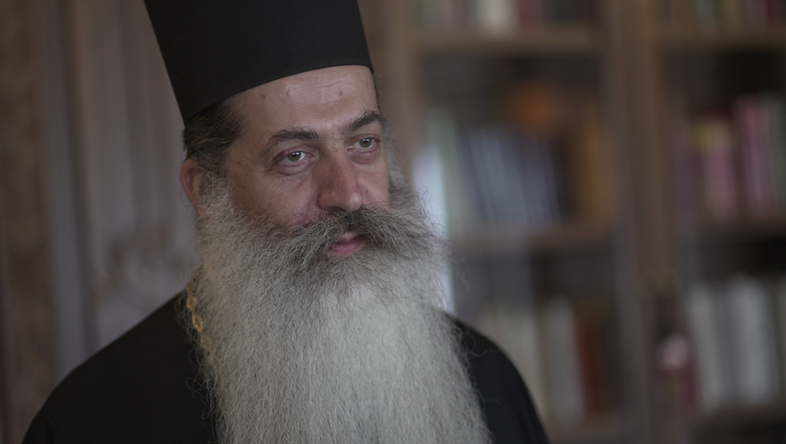
Elder Germanus notes: “This period is offered so that man can somehow revive his morale and his soul. To purify it. It is a struggle. We also enter into fasting and that counts. Fasting helps man to become more temperate, to control his desires, his passions, etc.”, while stressing “You know, our God has not put difficult things on us. He actually asks two things of us: our repentance and our love and support for our fellow man. Those two things. On these two things we will apologize and God will judge us. On nothing else.”
For his part, Metropolitan Simeon of Fthiotida says that “Easter is the most ecumenical, the most alive, the most hopeful.”
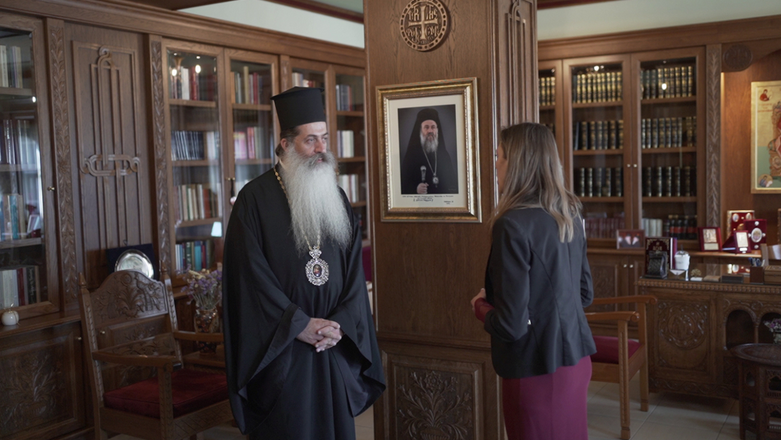
At the same time, he stresses the importance of not where but how we experience Holy Week within ourselves “because Orthodoxy is a way of life. It is not a lifestyle, it is not a fashion, it is not an alternative life choice, but it is the true life that is Christ. Christ assures us that “I am the way, the truth and the life.”
Ask me anything
Explore related questions
